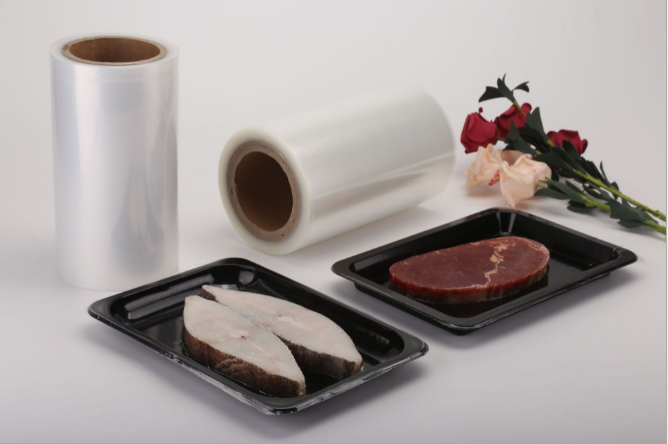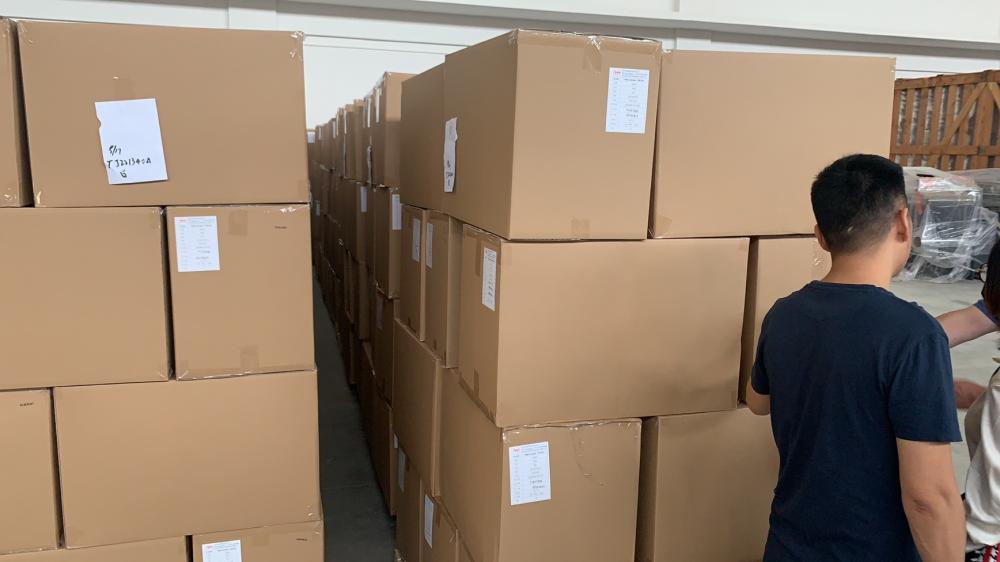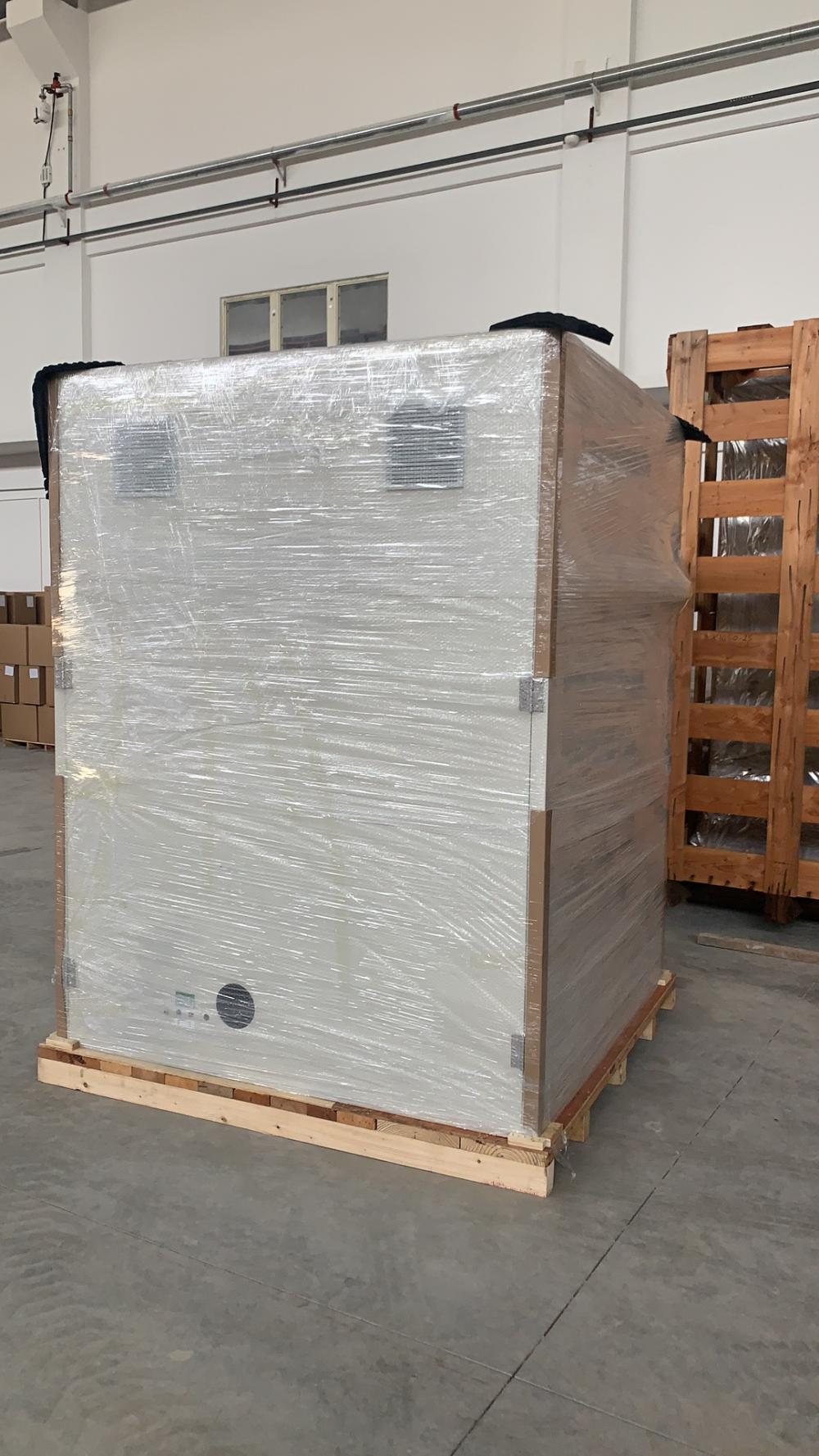For the spent catalyst in which the carrier is difficult to be dissolved by the acid, the treatment by this method is relatively simple. Since the platinum group on the catalyst surface due to the surface of the platinum family metal catalyst in a highly dispersed state, which is much easier to dissolve than a corresponding pure metal. Metals such as platinum and palladium generally do not need to be dissolved in aqua regia, and can be introduced into the solution with hydrochloric acid. The concentration of hydrochloric acid is 0.1 to 12 mol/L, usually 2 to 9 mol/L.
Practice has proved that if it is difficult to obtain a satisfactory leaching effect with a single hydrochloric acid, it is often necessary to add a suitable oxidizing agent to the hydrochloric acid solution to promote the dissolution of the platinum group metal. Commonly used oxidants are nitric acid, chlorine, hydrogen peroxide, sodium chlorate, and the like.
For the carrier is susceptible to acid dissolution of γ-Al 2 O 3, when the spent catalyst treated with hydrochloric acid The method of the oxidizing agent, a platinum group metal, and supports are often into solution, the aluminum salt solution to the phenomenon of de-prone body. In order to dissolve only the platinum group metal in the spent catalyst without dissolving the alumina in the support, the spent catalyst must first be calcined to remove carbon deposits and convert the acid soluble γ-Al 2 O 3 to acid-insoluble α- Al 2 O 3 .
The catalyst for petroleum reforming and xylene isomerization is a platinum-containing γ-Al 2 O 3 supported catalyst, and the spent catalyst contains 96.5% of Al 2 O 3 , 0.4% of Fe, 0.7% of SiO 2 , and 0.35% of Pt. The metal platinum is adsorbed on the surface of the carrier or the voids of the carrier by fine particles (less than 500 mm, 70% to 80%). The spent catalyst adsorbs a large amount of organic compounds and surface carbon, first calcined at 1000-1100 ° C, eliminating carbon deposits and converting γ-Al 2 O 3 into inert α-Al 2 O 3 . Then, the spent catalyst was leached at 70 ° C for 6 to 2 hours with a 6 mol/L hydrochloric acid solution using sodium chlorate as an oxidizing agent.
The leachate contains (g/L): Pt 0.263, Al 1.2, Fe 0.07, HC l1.9 mol/L. The composition of the solution is simple, and the platinum group metal can be enriched by displacement or extraction. If the catalyst contains ruthenium , it will be partially converted into a difficult-to-dip oxide state when calcined at a high temperature. The effective pretreatment method is to use a sodium borohydride alkaline solution for reduction to improve the leaching rate.
Vacuum skin packaging (VSP) is a novel commodity packaging technology, widely used in the international food packaging industry, mainly used for fresh meat, fish, aquatic products, cooked meat products, cured products, sliced sausages and sushi. Packaging, these foods are not only well-displayed after body packaging, but also have a long shelf life and are convenient to eat. The process of skin packaging is as follows: the packaged product is placed in the tray, and the special skin-fitting plastic cover film covering the product is closely attached to the surface of the product under the action of heating and vacuuming, and is sealed with the substrate tray. VSP Tray requires good tensile properties, good barrier properties, high strength and pressure resistance. Skin Lidding Film is generally a multi-layer high-barrier co-extrusion material heated to a viscous flow state. Different from Thermoforming Film, vacuum body packaging does not require any molds. For products of different sizes and shapes, the special transparent body cover film can be used to achieve the effect of sticking to food and sealing packaging, which is convenient, economical and efficient.



Prok Steak Skin Packaging,Beef Pork Steak Skin Tray Packaging,Pp Pe Beef Pork Steak Package,Evoh Pork Beef Steak Vsp Trays
Tipack Group , https://www.tipackgroup.com